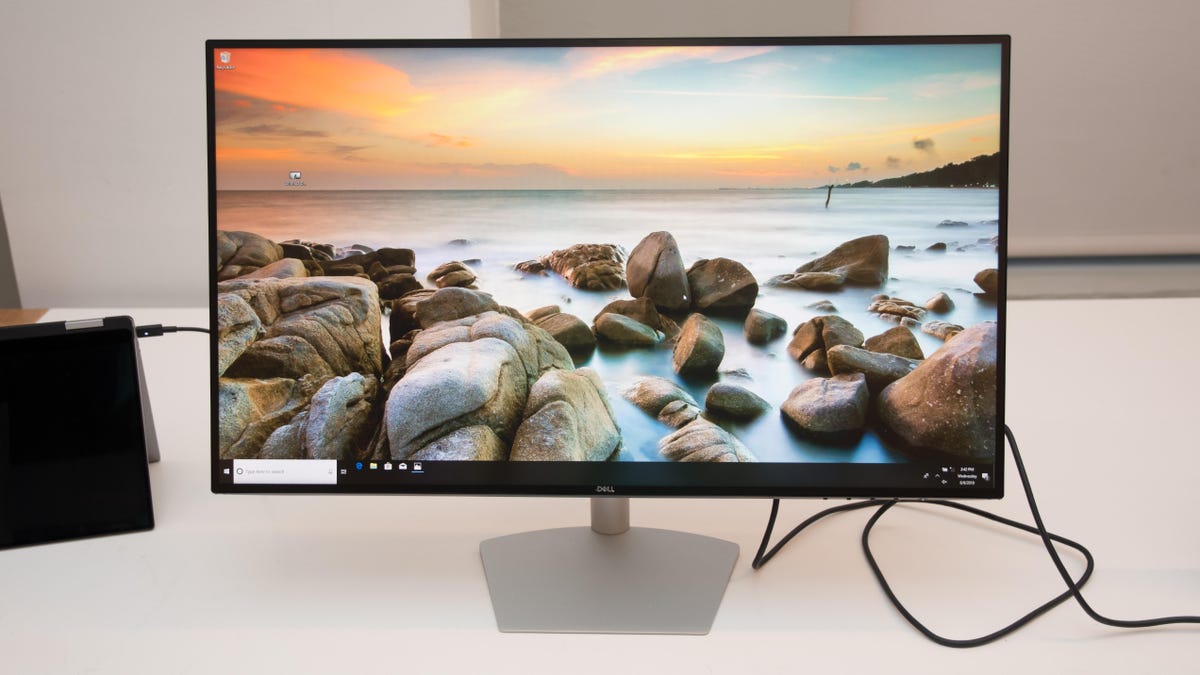VESA updates DisplayHDR logo spec to accommodate laptop, OLED screens
At CES 2019, VESA added DisplayHDR logo certifications with reduced brightness requirements so that laptop displays and OLED monitors can join the club.

Since its inception, VESA's (the Video Electronic Standards Association) DisplayHDR logo-certification program for monitors has been a clear-cut mix of competence requirements (DisplayHDR 600 and 1000) and marketing desperation (DisplayHDR 400). But with the CES 2019 announcement of DisplayHDR 500, DisplayHDR True Black 400 and DisplayHDR True Black 500, somehow they've managed to make things more confusing than necessary. There are just too many now.
DisplayHDR 500 essentially certifies that a display is almost DisplayHDR 600 capable, but since it's in a laptop it gets a pass on hitting the same peak or sustained brightness levels to conserve power. However there's nothing preventing a desktop monitor manufacturer for opting for this lower level -- dare we say "cheaper to implement" -- level either.
But the naming underemphasizes the huge disparity between DisplayHDR 400 and DisplayHDR 500: the latter requires the wide color gamut, local dimming and higher contrast the 400 spec lacks, all of which are essential for HDR video rendering.
The two DisplayHDR True Black logofications similarly downplay the benefits of OLED. Since OLED generally can't hit or sustain peak brightness for the full screen, only for the 10 percent window required by the spec, it gets its own category which dramatizes the fact that OLED achieves near perfect black levels compared to LCDs.
But what the nomenclature utterly fails to conveys is the huge jump in contrast that results in, despite the lower brightness levels.
If you're not familiar with DisplayHDR, the number indicates the peak brightness of a 10 percent window in the middle of the screen displayed for short intervals as measured in nits (candelas per square meter). The names actually conveyed information when there were only three options -- 400, 600 or 1,000.
It meant you'd know not to expect actual HDR-quality video from a DisplayHDR 400 monitor; they barely squeak by the letter of the definition, as defined by the ability to decode an HDR signal, much less the spirit. (In fact, it's not even a given that a DisplayHDR 400 monitor will be better than one that's not certified given the increase in the number of 400-nit panels we're seeing in monitors.)
But it also it meant that you'd be able to tell that DisplayHDR 600 and DisplayHDR 1000 offered reasonable and differentiable display qualities, because they had different contrast levels. But what are the real visual differences between 500 and 600?
HDR quality is primarily determined by contrast and color accuracy, not absolute brightness. If you look at the table below, the OLED-focused specs offer much better contrast and rise time (which affects lag) than the more impressive-sounding 600 and 1000 versions.
DisplayHDR logo requirements
| DisplayHDR 400 | DisplayHDR True Black 400 | DisplayHDR 500 | DisplayHDR True Black 500 | DisplayHDR 600 | DisplayHDR 1000 | |
|---|---|---|---|---|---|---|
| Peak brightness, 10% window (nits) | 400 | 400 | 500 | 500 | 600 | 1000 |
| Sustained brightness full screen (nits) | 320 | 250 | 320 | 300 | 350 | 600 |
| Full screen flash brightness (nits) | 320 | 250 | 500 | 300 | 600 | 1000 |
| Maximum black (nits) | 0.4 | 0.0005 | 0.1 | 0.0005 | 0.1 | 0.05 |
| Implied maximum static contrast ratio (peak brightness/max black) | 1,000:1 | 800,000:1 | 5,000:1 | 1,000,000:1 | 6,000:1 | 20,000:1 |
| Minimum gamut | 95% Rec 709 | 90% P3 D65 | 90% P3 D65 | 90% P3 D65 | 90% P3 D65 | 90% P3 D65 |
| Minimum processing bit depth/panel bit depth | 8/8 | 10/8 | 10/8 | 10/8 | 10/8 | 10/8 |
| Maximum rise time (at 60Hz) | 133 ms (8 frames) | 33ms (2 frames) | 133 ms (8 frames) | 33ms (2 frames) | 133 ms (8 frames) | 133 ms (8 frames) |
| Display tech | Desktop, laptop LCD | OLED | Laptop LCD | OLED | Desktop LCD | Desktop LCD |
Unfortunately, DisplayHDR still has no color-accuracy and limited gamut requirements -- so you've got to take it all with a grain of salt, anyway.
CES 2019: See all of CNET's coverage of the year's biggest tech show.
CES schedule: It's six days of jam-packed events. Here's what to expect.

